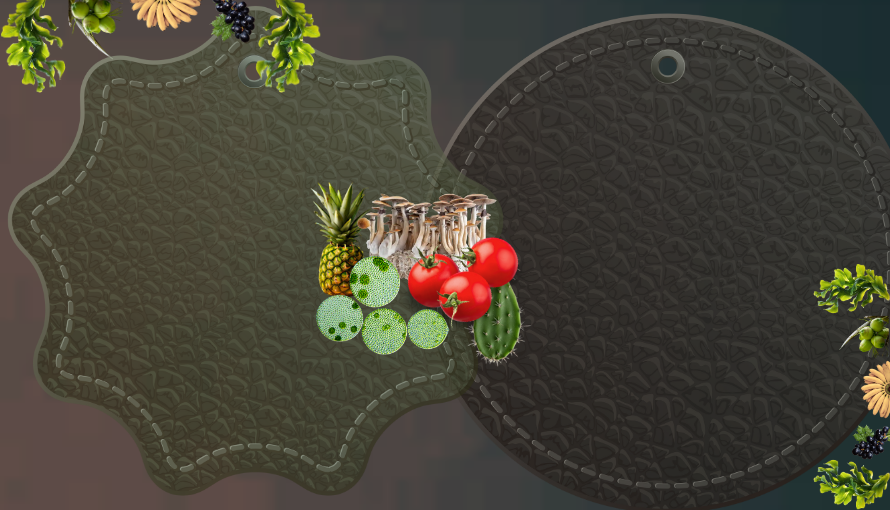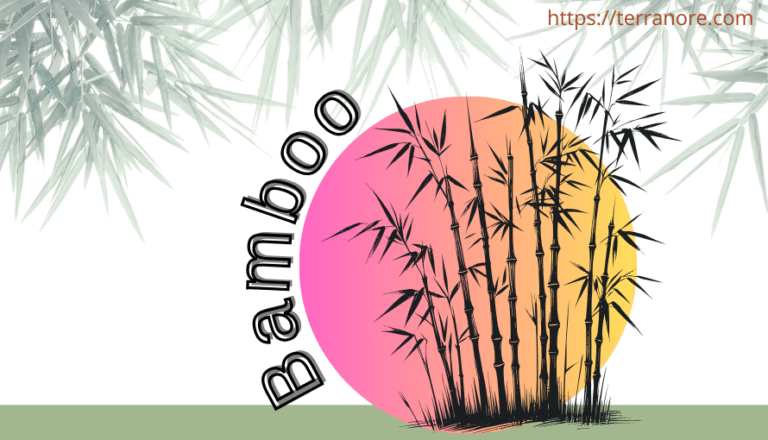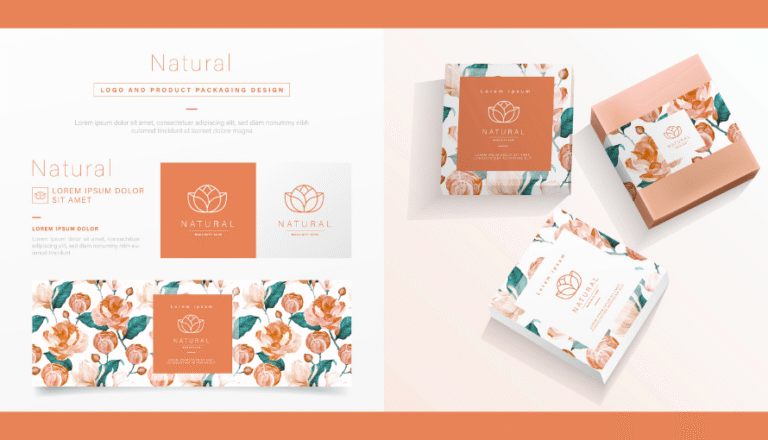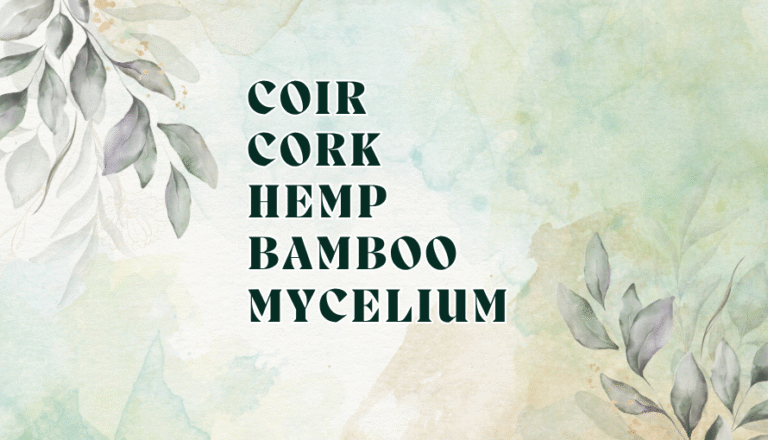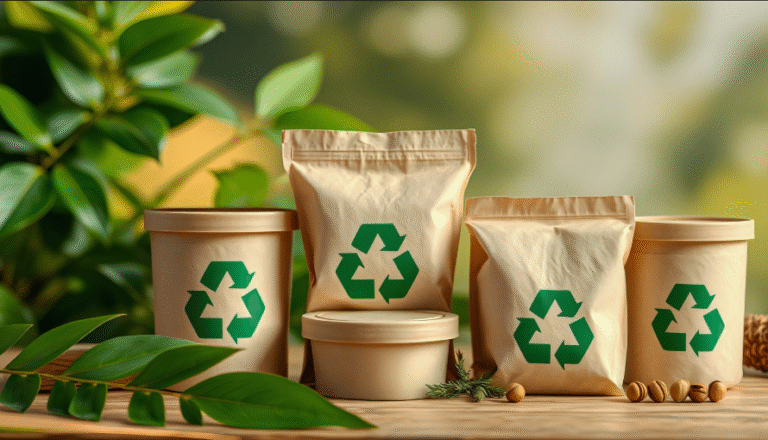Introduction:
Bio-based leather alternatives are no longer a niche concept—they’re part of a global shift in how we design, source, and consume materials. What if you could just escape? Escape Mars missions, AI algorithms, electric vehicles, endless reels, microwave mac n cheese, and of course… that toxic boss. Just press: Ctrl + Alt + Delete.
What if you could just escape?
What if you could just escape?
Escape Mars missions, AI algorithms, electric vehicles, endless reels, microwave mac n cheese, and of course… that toxic boss.
Just press: Ctrl + Alt + Delete.
Now, imagine ticking just two checkboxes:
☑️ Find a cave to live in
☑️ Hunt for your own food and clothes
That’s probably how we ended up with leather in the first place—purely functional, not fashionable.
Back then, animal hides were the ultimate hack: durable, insulating, and ready to wear without the hassle of spinning yarn, dyeing, weaving, or even worrying about labels like “organic.”
But times have changed.
We’ve evolved—from hunting to harvesting, from raw hides to refined taste—and most importantly, from animal leather to plant-based leather, bio-based leather alternatives.
Why Leather Needed a Revolution
Let’s be honest—a piece of full-grain animal leather can outlast most celebrity marriages, lasting 20 to 30 years with ease. It’s durable, timeless, and consistently in style.
But it comes at a cost:
🔺 Conventional leather involves animal cruelty and chemical-heavy tanning processes
🔺 Synthetic leather (PU, PVC) may be cheaper but is made from petrochemicals and is non-biodegradable
So, what’s the fix?
The answer lies in bio-based leather—also called vegan leather, eco leather, or plant-based leather. These alternatives are derived from renewable and biodegradable sources like fruits, vegetables, fungi, and agricultural waste.
Today, innovators around the world are finding new ways to turn crops into cloth—literally. From pineapple leaves and tomato peels to mushrooms and seaweed, the possibilities are endless.
What Goes Into Bio-based Leather?
Some of the most commonly used ingredients in bioleather production include:
Pineapple leaves, tomato peels, cactus, grape pomace, coconut water, banana fibers, mushrooms (mycelium), algae, seaweed, and corn husks.
At Terranore, we also support brands in exploring sustainable packaging solutions that align with circular design, ethical sourcing, and innovative material use—extending your sustainability efforts beyond leather.
With the help of innovation and sustainable practices, these materials are transformed into durable, stylish, and cruelty-free leather alternatives.
Meet the Materials: Bio-Based Leathers You Should Know
- Piñatex®, known as pineapple leather, is made from pineapple leaf fibers—a by-product of pineapple harvests. Developed by Ananas Anam, it originates from the Philippines and the UK and has become a widely adopted material in ethical fashion for bags, shoes, and accessories.
- Desserto®, a cactus-based leather alternative from Mexico, is crafted from the resilient Nopal cactus. It’s celebrated for its minimal water consumption, flexibility, and use in fashion and automotive upholstery.
- Bioleather® from India is made using tomato peels and agricultural waste. Based in Palghar, Maharashtra, this 100% biodegradable leather is ideal for accessories and fashion items, supporting a circular economy with zero animal harm.
- Vegea®, based in Italy, transforms grape pomace—waste from wine production—into a high-quality leather alternative. Known for its luxurious texture, it’s gaining popularity in premium fashion applications.
- Mylo™, developed by Bolt Threads in the USA, is a mushroom leather made from mycelium, the root system of fungi. It’s soft, flexible, and compostable, offering a natural look and feel ideal for designer collaborations.
- Malai, from Kerala, India, is a coconut-based vegan leather made from bacterial cellulose grown on discarded coconut water. It is entirely biodegradable and supports sustainable, rural-inclusive production.
- Banofi leather, also from India, is produced using banana crop waste and fibers. This material turns agricultural leftovers into stylish, durable leather alternatives that support upcycling and reduce waste.
- AlgaeTex, a conceptual material developed in the Netherlands by Tjeerd Veenhoven Studio, uses algae and seaweed to form a biodegradable, marine-friendly leather. Though still in its early stages, it holds promising potential for packaging and fashion.
- Modern Meadow, a U.S.-based biotech company, creates lab-grown leather by cultivating collagen through cellular agriculture. This futuristic, cruelty-free material mimics traditional leather with none of the environmental or ethical concerns.
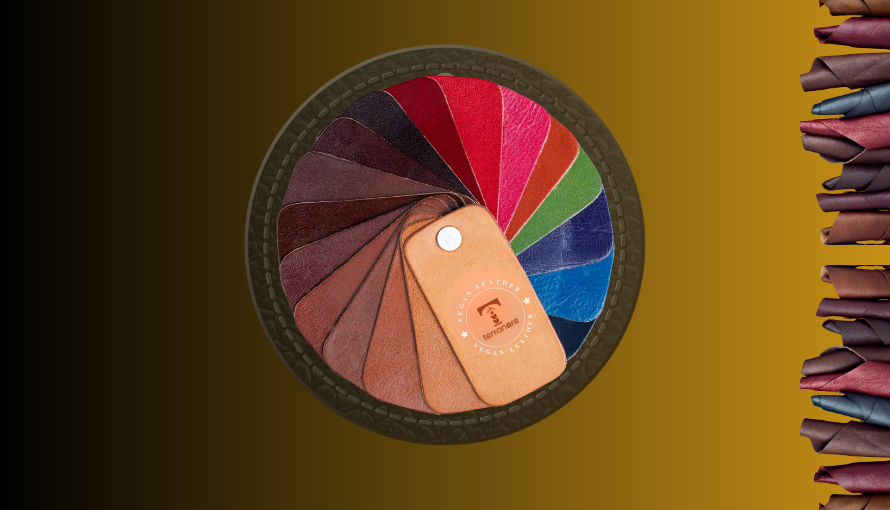
The Bigger Picture
These innovations aren’t just clever alternatives—they’re reshaping the future of materials.
Bio-based leather isn’t just about sustainability—it’s about performance, ethics, circular design, and forward-thinking innovation.
As the fashion, automotive, and design industries push for sustainable transformation, plant-based leather is carving its niche—not as a trend, but as a long-term solution to the environmental impact of traditional materials. A recent Vogue Business article explores how luxury brands and startups alike are embracing these innovations.
So the next time you’re about to buy a leather product, ask yourself:
Is it made with compassion—or chemicals?
Choose bio-based leather.
Choose better.
We’d love to hear from you!
Would you choose bio-based leather over traditional animal leather?
If yes, which plant-based leather is your favorite—Piñatex, Desserto, Mylo, or something else?
Do you know of any new innovators or emerging materials in the bioleather space?
💬 Share your thoughts in the comments below!
And if you’re looking to launch or scale consumer products made from bioleather, feel free to reach out—we’d be glad to help !

